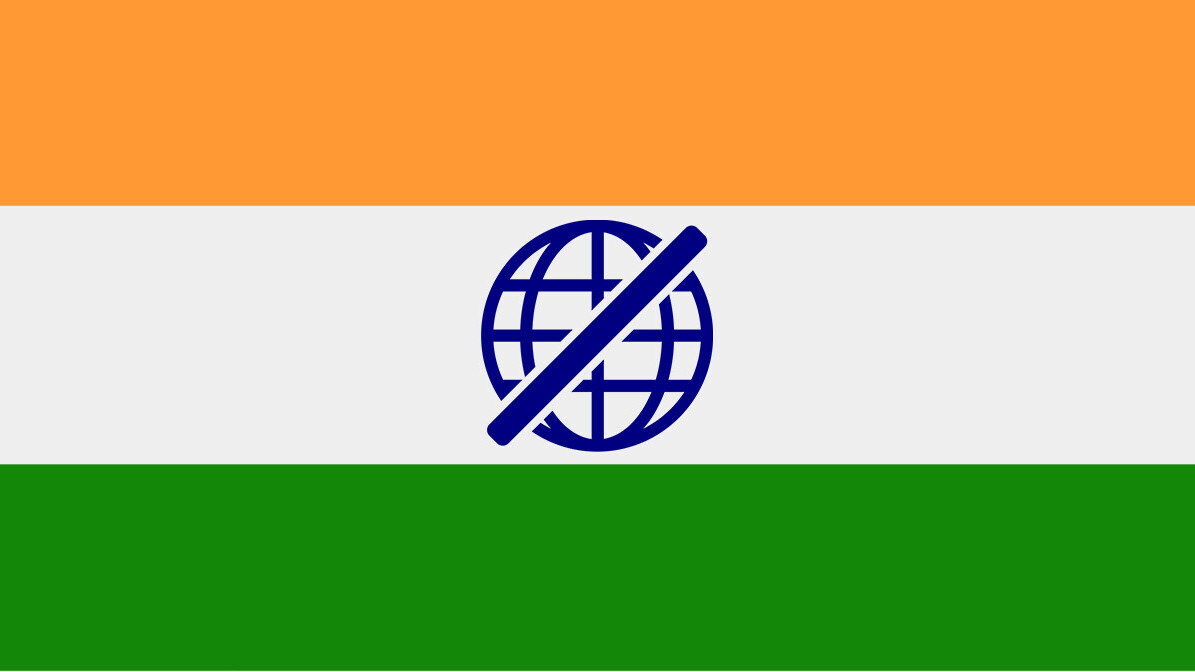Days after India banned 59 Chinese applications, post a skirmish between the two nations at the border, I tried to open the privacy-focused search engine DuckDuckGo on my phone. But I couldn’t reach the site because of some error.
I wasn’t the only one facing this problem. A lot of users in India found that the site had been blocked because of an order from the Department of Telecommunications (DoT). There was no explanation as to why the site was banned. However, a few days later, the site was accessible again.
The owners of the site were aware of the problem. However, there was no official communication from the government to suggest what was the problem related to the site.
This wasn’t the first time a site was banned in India without proper reasoning or notice.
In May, file-transfer site WeTransfer was banned and the order which came to fore in June just said the service was banned “in the interest of national security or public interest.”
File-sharing service WeTransfer blocked in India. Unclear why.https://t.co/Gv5DSojlly pic.twitter.com/b90W9ClrM7
— Catalin Cimpanu (@campuscodi) June 1, 2020
At that time, the company said it was trying to work with the Indian government to understand the reasoning behind the block.
Earlier this month, sites of three environmentalists organizations, There is no Earth B, LetIndiaBreathe.in (LIB), and FridaysForFuture (FFF), were reportedly blocked by the order of the Indian government. These sites were later unblocked, as Delhi police said that there was an error in its earlier order.
Last year, the Internet Freedom Foundation (IFF), an India-based digital rights organization, created a report of more than 100 net neutrality violations that included various ISPs blocking sites including VPN and proxy services, Telegram, and Behance.
July 8 – Delhi Police (Cyber Crime Unit) issued notice to FFF India under India's anti-terror law – Unlawful Activities Prevention Act (LIB was blocked since June 29)
July 16 – Delhi police unblocked the sites claiming inadvertent error after receiving severe criticisms. 3/9— Let India Breathe (@LetIndBreathe) July 30, 2020
The crowd-sourced report, based on data collected over two weeks, suggested that users were not aware of blocks made my ISP because there’s hardly any transparent data on such orders. So, it’s difficult to know if a website is facing a service outage or it has been banned by the ISP. The only way for you to know is to call the customer service of your ISP and ask them if a site has been blocked.
It’s important to understand why transparent reports on-site blocks are needed. All bans are not directly ordered by the government or the Ministry of Electronics and Information Technology (MEITY). In the past, high courts have directed ISPs to block certain sites over cases of Intellectual Property (IP) rights.
Mishi Choudhary, a technology lawyer and founder of SLFC.in, a digital rights non-profit that concentrates on legal aspect of technology, said that DNS-based bans are a short-term solution. She added that unless there’s a strategic reason behind the ban such as national security, users will find ways to circumvent the ban.
And that’s been the case for most of these soft-bans. In 2018, we reported how easy it was to get around India’s ban of 827 porn sites.
The question still remains how can people know about site blockages. It’s tricky. Choudhary explains that India’s site block rules along with the IT Act 2000 note that “Strict confidentiality shall be maintained regarding all the requests and complaints received and actions taken thereof.”
In 2015, in the landmark Shreya Singhal v Union of India case, the apex court of the country stuck down the controversial act 66A of IT Act 2000. In the judgment, the court said that blocking orders have to be in writing so they may be “assailed in a writ petition under Article 226 of the Constitution”.
However, Choudhary says it’s difficult to challenge these rules under Article 226 if orders are confidential.
The lack of transparency sets a problematic precedent for banning websites and services used by thousands of people. As the IFF noted, most activists and lawyers have to rely on RTI (Right to Information) requests and petitions to uncover these orders. It’s also difficult for sites or customers to know what is going on.
Both the SFLC and IFF have forms where you can report a potential internet blockage. However, an exhaustive list of blocked websites or reports isn’t available.
India clearly needs a more transparent policy and publically available list of blocked sites. Otherwise, it’s just setting a dangerous precedent for blocking sites for opaque reasons.
Get the TNW newsletter
Get the most important tech news in your inbox each week.





